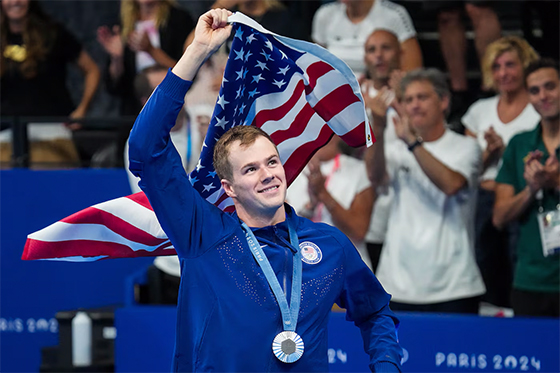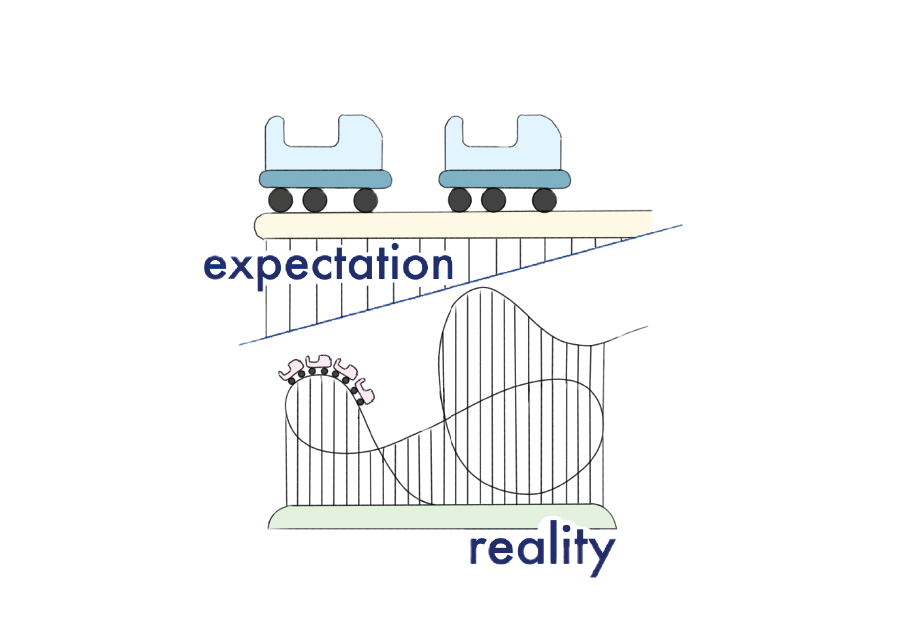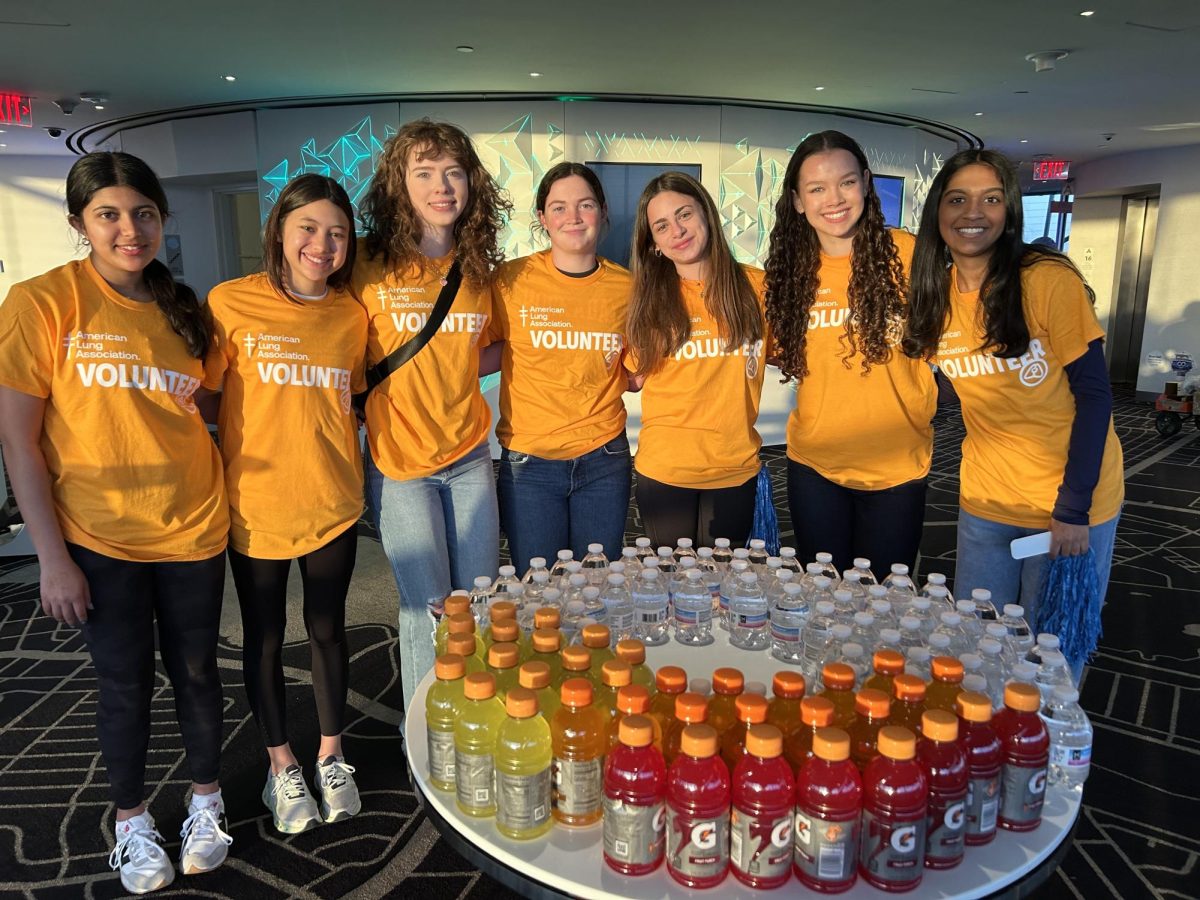More than 15,000 athletes competed on the world’s biggest athletic stages this summer: The Olympic and Paralympic Games.
Only 2,364 of these athletes went home with a medal. Even fewer will find monetary returns for the physical, emotional, and financial investments they made to reach the Paris Games.
The image of Olympic athletes is often one of glamour and glory. We see them on television, being celebrated for their perseverance and incredible athletic feats. We follow them throughout the games, smiling at the feel-good stories, laughing at the funny moments, and cheering for our favorites to win a medal.
What we don’t see, however, is the reality behind the scenes. Many of the athletes we cheer on train for years, often without sufficient financial support. Because of this, many athletes juggle their intense training with jobs or sponsorships to pay their bills.
The more high-profile athletes like Simone Biles, Sha ‘Carri Richardson and Katie Ledecky, rely on lucrative sponsorship deals to pay for training, equipment, gear, and competition fees.
Biles is sponsored by United Airlines, Visa, Powerade and more. So far this year, she has earned an estimated $7 million from her sponsorships, making her one of the highest paid women athletes.
Similarly, Ledecky’s sponsorships by Athleta and Adidas bring her yearly income from sponsorships up to $5 million.
Additionally, the rise of social media has created “influencer athletes”, such as Suni Lee, a member of the women’s gymnastics team, and Ilona Maher, a member of the women’s rugby team. Influencer athletes use social media as a way to raise funds to train for their sport. For example, Lee has made $3 million from her social media.
This disparity is even more pronounced when considering the earnings for athletes who are professionals outside of the Olympics. For example, LeBron James is one of the NBA’s most renowned players and receives a salary of $47 million a year, which is also bolstered by substantial endorsements and business ventures.
However, the reality for many other elite athletes is far less glamorous. Many Olympic athletes do not have the high-profile endorsements or the financial security they bring and must rely on jobs to support their income. the majority of Olympic athletes struggle with basic financial needs, something that was displayed at the Paris Olympics this year.
American swimmer Nic Fink, a gold and silver medalist at the Paris Games, is an engineer who works remotely while training.
Lolo Jones, an American hurdler, could not afford to pay her rent, and relied on help from Snoop Dogg and Flava Flav. Flav also supported members of the women’s water polo team.
This financial instability not only affects athletes’ well-being but also hampers their ability to focus solely on their training and competition.
Olympic sports require a high level of commitment and focus that is difficult to achieve when worrying about rent or paying the bills. By ensuring a living wage through their sport, we should allow athletes to devote themselves entirely to their training and performance.









